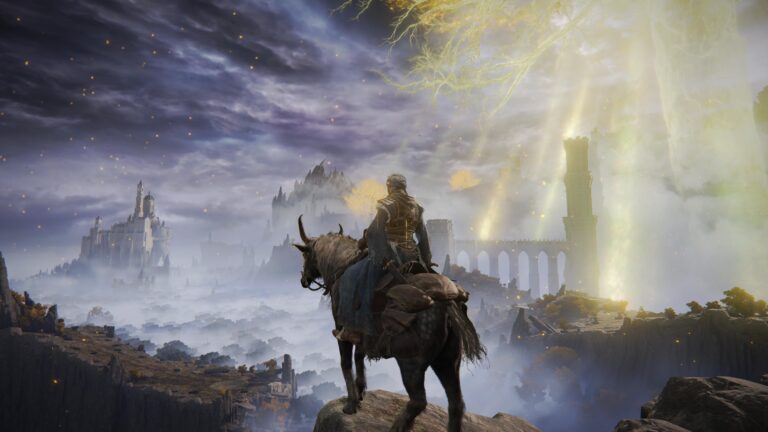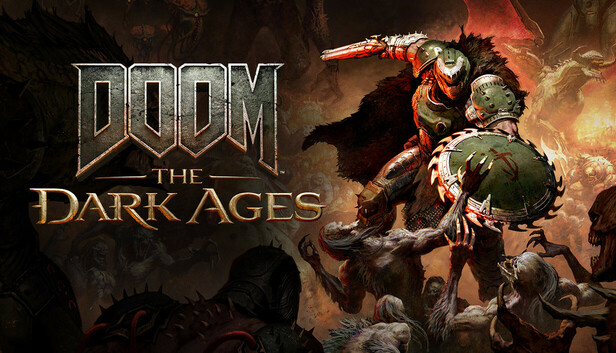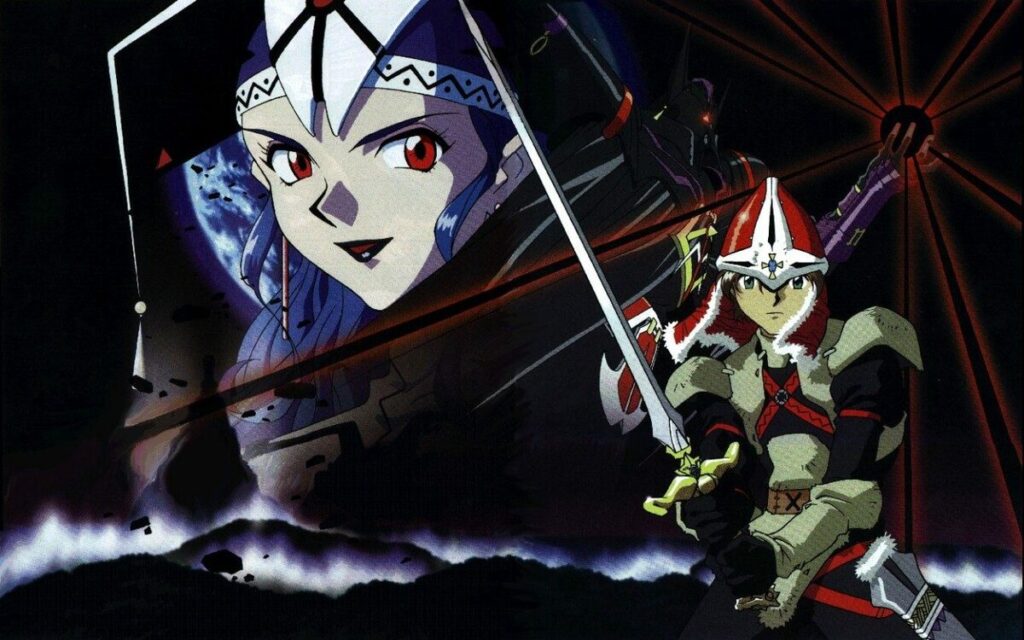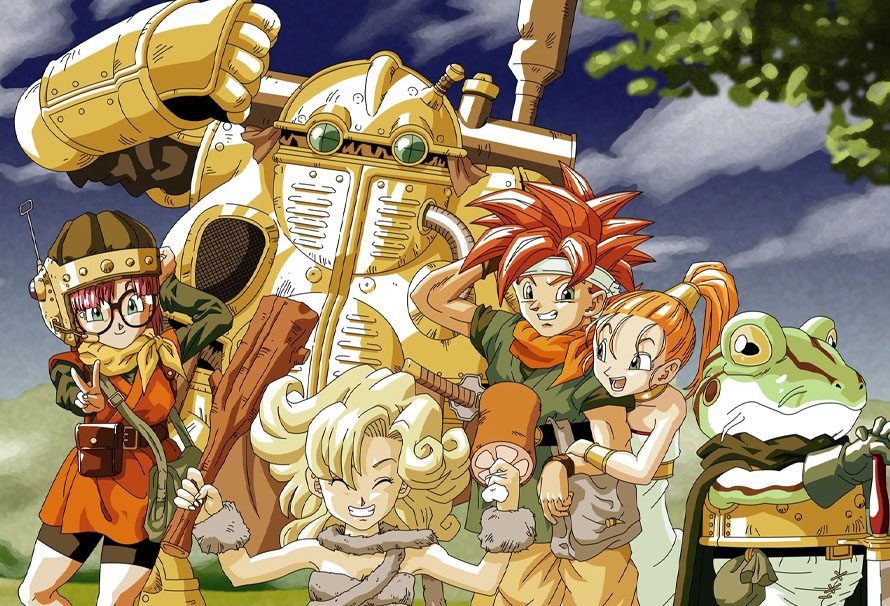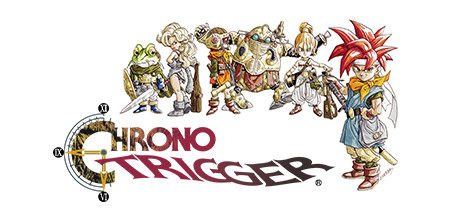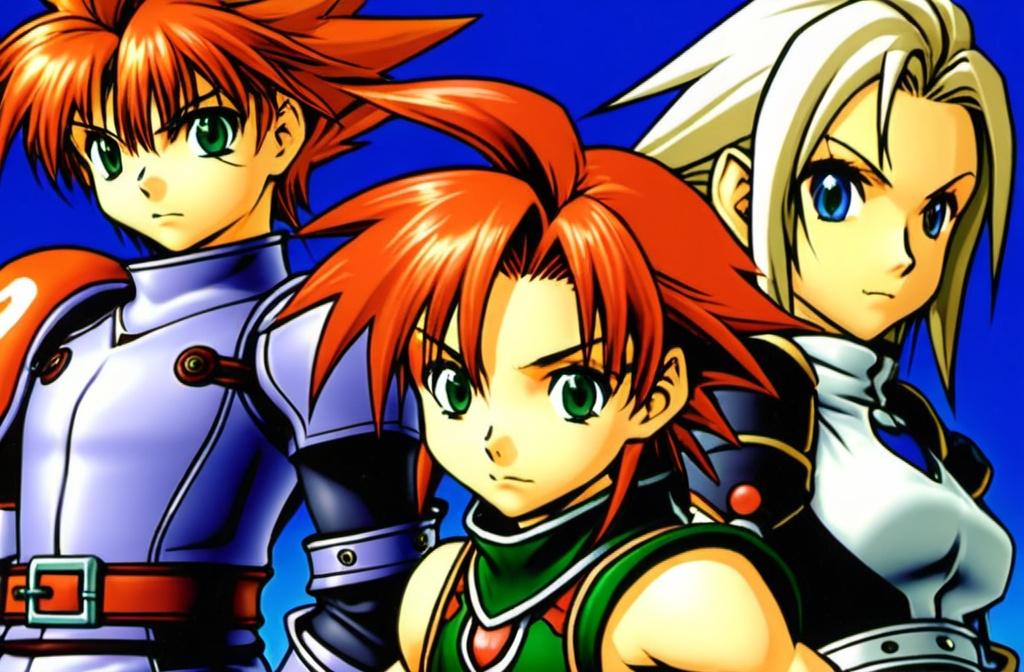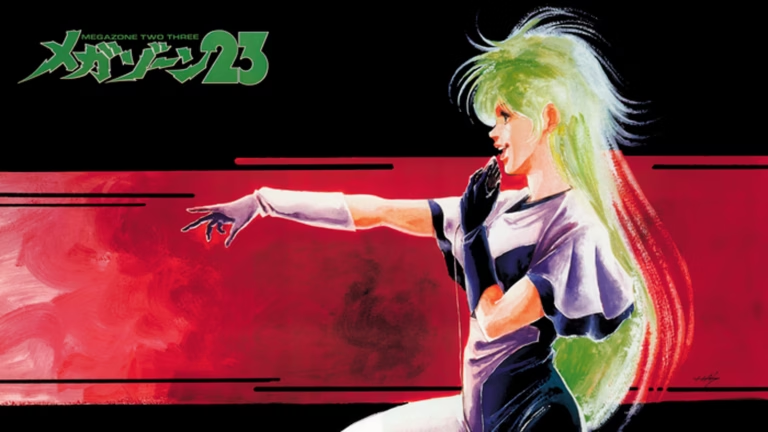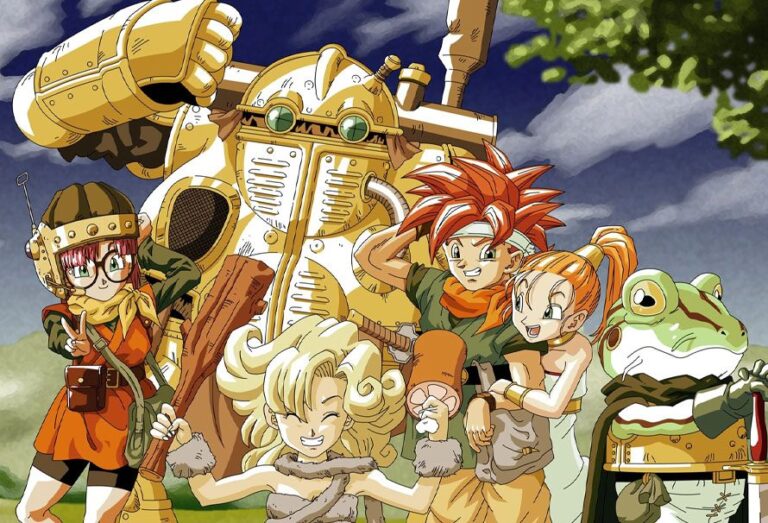Platform | PlayStation 3, Xbox 360, PC |
|---|---|
Publisher | Bandai Namco Entertainment |
Genre | Action RPG |
Release Date | 09/22/2011 |
Dark Souls, developed by FromSoftware and published by Bandai Namco Entertainment, is a landmark title in the action role-playing genre. Released in 2011, it quickly garnered a reputation for its challenging gameplay, intricate world design, and deep lore. This article delves into the captivating elements that make Dark Souls an enduring classic in the gaming world.
Story
Dark Souls is set in the treacherous and mysterious land of Lordran, a world filled with ancient ruins, monstrous creatures, and the remnants of a once-great civilization. The game begins with the player character, known as the Chosen Undead, awakening in the Undead Asylum. The narrative is shrouded in ambiguity, inviting players to piece together the story through item descriptions, environmental storytelling, and cryptic dialogues.
The central plot revolves around the Age of Fire, a period brought forth by the Lords who defeated the ancient dragons. As the flames begin to fade, leaving the world in a state of decline, the Chosen Undead must journey to Lordran to fulfill a prophecy. Players traverse through interconnected areas, each with its own unique lore and challenges, to gather the souls of powerful beings and rekindle the First Flame or embrace the Age of Dark.
Key themes in Dark Souls include the cyclical nature of the world, the inevitability of decay, and the struggle for meaning in a crumbling universe. The lore is rich with mythological references and philosophical undertones, encouraging players to engage with the narrative on a deeper level.
Gameplay
Dark Souls is renowned for its punishing yet rewarding gameplay. It is a third-person action RPG that emphasizes strategic combat, exploration, and resource management. The game’s difficulty is well-documented, with players required to learn from their mistakes and adapt to the ever-evolving challenges.
Combat System
The combat system in Dark Souls is methodical and precise. Players must manage stamina effectively, balancing attacks, dodges, and blocks to survive encounters with relentless enemies. Each weapon and piece of equipment has unique attributes, allowing for diverse playstyles. Whether wielding a massive greatsword or relying on dexterous maneuvers with a rapier, players must master timing and positioning to overcome adversaries.
Exploration and Level Design
The world of Dark Souls is a masterpiece of interconnected level design. Lordran is meticulously crafted, with shortcuts and hidden pathways that reward exploration. The game lacks a traditional map, encouraging players to memorize landmarks and forge mental maps of the environment. This design choice fosters a sense of immersion and discovery, as each new area unveils more of the game’s intricate world.
Progression and Customization
Character progression in Dark Souls is flexible, allowing players to allocate souls, the in-game currency and experience points, into various attributes such as strength, dexterity, and intelligence. This system supports a wide range of character builds, from heavily armored knights to nimble magic users. The Estus Flask, a key healing item, introduces a layer of strategy, as players must decide when to use limited healing resources.
Graphics and Sound
Dark Souls boasts a distinctive artistic style that enhances its dark and foreboding atmosphere. The graphics, while not groundbreaking by modern standards, effectively convey the desolate beauty of Lordran. The art direction emphasizes gothic architecture, decaying landscapes, and grotesque enemy designs, creating a hauntingly immersive experience.
The sound design in Dark Souls is equally compelling. The game features minimal background music, allowing ambient sounds and enemy noises to heighten the tension. When music does appear, such as during boss battles, it is grandiose and emotionally charged, underscoring the epic nature of these encounters. The voice acting is sparse but impactful, with characters delivering cryptic lines that add to the game’s enigmatic narrative.
Legacy and Reception
Since its release, Dark Souls has achieved critical acclaim and a dedicated fanbase, cementing its status as a modern classic. The game’s challenging nature and deep lore have inspired a new subgenre known as “Souls-like,” characterized by similar gameplay mechanics and difficulty.
Critics praised Dark Souls for its innovative design, atmospheric world, and intricate storytelling. Its success led to the creation of two sequels, Dark Souls II and Dark Souls III, as well as spiritual successors such as Bloodborne and Sekiro: Shadows Die Twice. The game has been re-released on multiple platforms, including a remastered version that introduced enhanced graphics and improved performance.
Dark Souls’ influence extends beyond gaming, inspiring discussions on game design philosophy, narrative structure, and player agency. The community surrounding the game is vibrant, with fans engaging in lore speculation, speedrunning, and challenge runs that push the game’s mechanics to their limits.
Conclusion
Dark Souls is more than just a game; it is a cultural phenomenon that has left an indelible mark on the gaming industry. Its blend of challenging gameplay, rich lore, and atmospheric world-building has captivated players for over a decade. The game’s impact is evident in the countless titles it has inspired and the passionate community it has fostered.
For those willing to embrace its difficulty and unravel its mysteries, Dark Souls offers a uniquely rewarding experience that stands the test of time. Its legacy continues to shape the landscape of action RPGs, ensuring that the fires of Lordran will burn brightly for years to come.



